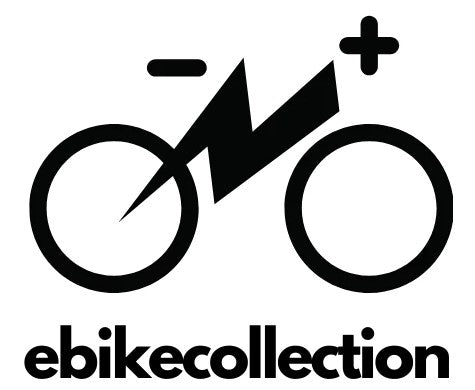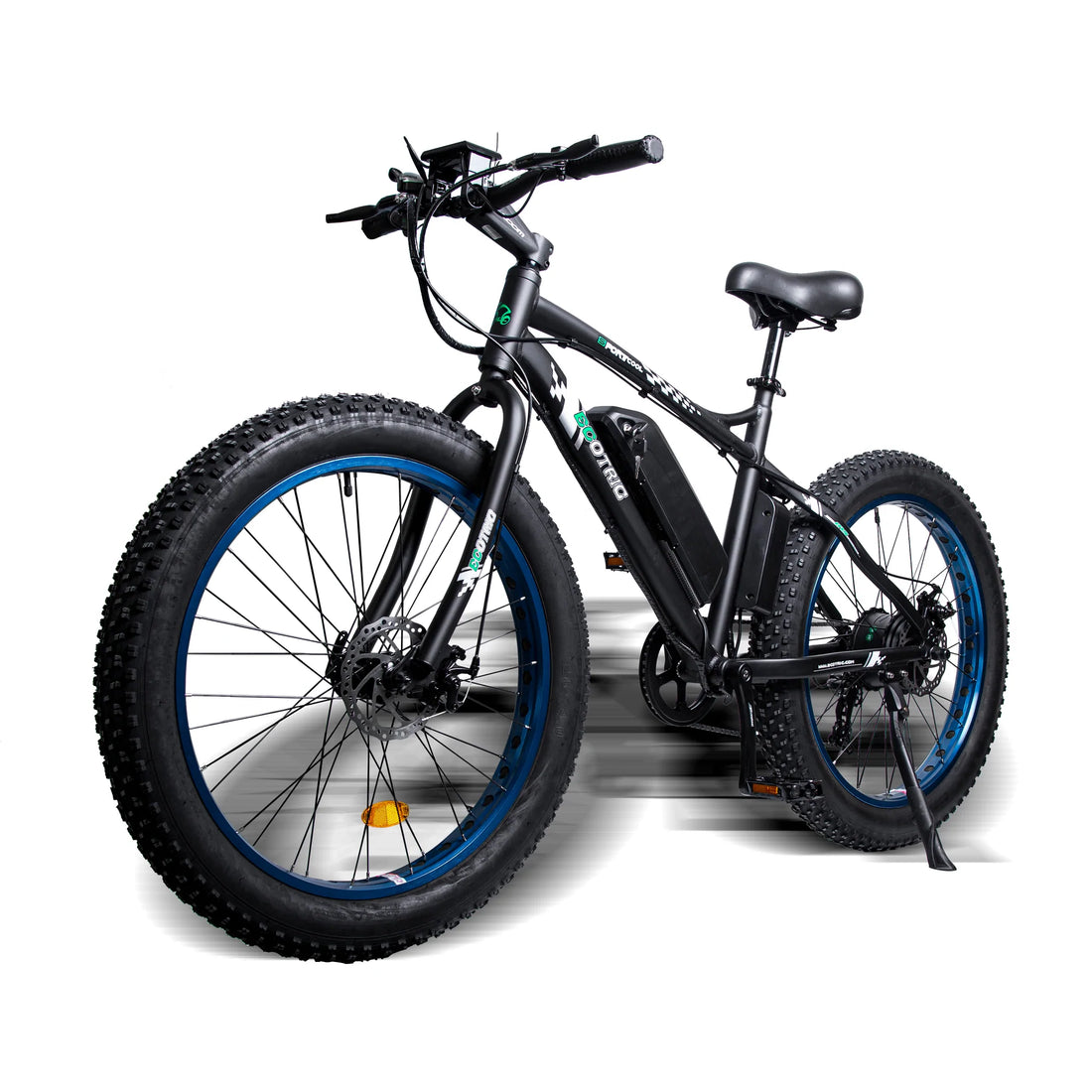Electric bike, also known as an E-bike, is a bicycle that is supplied with an electric motor and a battery. The motor on e-bike provides assistance to the rider, making it easier to pedal and allowing the bike to reach higher speeds with less effort. E-bikes have become a popular alternative to traditional bicycles, especially for commuters , people who like to protect environments, and recreational riders who want a little extra help on their rides.
E-bikes generally use one of three types of electric motors. Those motors are brushless DC motors, senseless brushless motors and DC motors. The electric motor is powered by a battery, which is typically a lithium-ion battery pack located on the frame of the bike. The battery can be recharged using a standard household outlet, and the range of an e-bike depends on the size and capacity of the battery, as well as the power of the electric motor and the rider's pedaling effort.
E-bikes can be used for a variety of purposes, including commuting, sightseeing, and business. The good thing about E-bikes, they are available in different styles and functions , such as cruiser, mountain, and fat tire. The different types of e-bikes can be classified based on a variety of factors such as the type of electric motor they use, the way in which the motor provides assistance, and the intended use of the bike.
Below are some types of E-Bikes with different styles and different functions.
1. Pedelecs e-bikes
Pedelecs are a type of e-bikes that use a sensor to detect when the rider is pedaling, and provide electric power assistance to the rider based on the rider's input. The amount of assistance can typically be adjusted using a control panel or handlebar-mounted display.
2. Throttle-controlled e-bikes
Throttle-controlled e-bikes have a throttle that the rider can use to activate the electric motor without pedaling. This type of e-bike is similar to a traditional motorcycle, because the rider can control the speed and acceleration of the bike using the throttle.
3. Cruiser e-bikes
The Cruiser e-bikes, also known as beach cruisers or comfort bikes, are electric bicycles that are designed for leisurely rides on flat terrain. They typically have a relaxed frame geometry, a comfortable saddle, and wide tires for a smooth ride. Cruiser e-bikes often have a retro or vintage-inspired aesthetic and are popular for their laid-back riding style. They are generally easier to ride than more performance-oriented e-bikes and are well-suited for recreational riders who want to enjoy the benefits of electric power without the need for high speeds or technical terrain
4. Mid-drive e-bikes
Mid-drive e-bikes are e-bikes that have the electric motor located in the middle of the bike, near the pedals. This allows the motor to directly drive the chain and pedals, which can provide a more natural and efficient cycling experience.
5. Fat tire e-bikes
Fat tire e-bikes are e-bikes that are equipped with extra-wide tires, typically 3.8 inches or wider. These fat tires provide a larger contact patch with the ground, which gives the bike better traction and stability on a variety of surfaces, including snow, mud and sand. Fat tire e-bikes are well-suited for riders who want to tackle rough and challenging terrain.
6. Hub-drive e-bikes
Hub-drive e-bikes have the electric motor located in the hub of one of the bike’s wheels. This type of e-bike is generally simpler and less expensive to manufacture, but may not provide as much power or torque as a mid-drive e-bike.
7. Mountain e-bikes
Mountain e-bikes are also known as e-MTBs, are electric bicycles that are designed for off-road riding on rough terrain, such as trails, singletrack, and dirt roads. Mountain e-bikes typically have a strong and lightweight frame, suspension forks, and knobby tires for traction on various surfaces. Mountain e-bikes also have a wider range of gears than cruiser e-bikes to help riders tackle steep hills and varied terrain. They are generally more agile and capable of handling more challenging terrain than cruiser e-bikes and are well-suited for riders who want to tackle technical trails and off-road adventures.
8. Folding e-bikes
Folding e-bikes are e-bikes designed to be portable and easy to store, with the ability to fold up for transport or storage. Folding e-bikes are often smaller and lighter than traditional e-bikes, making them a convenient option for commuting or traveling.These are the best choice for people with small places or like to travel
9. Off-road e-bikes:
Off-road e-bikes are e-bikes designed for use on rough terrain, such as dirt trails and singletrack. They typically have wider tires and a more rugged frame to handle the added stress of off-road riding.

